The most important things that you take from the Panofsky Lecture is his broad content based approach and his methodology (detailed in the handout). If you can remember the terminology all the better.
'Content analysis' is about the meaning inside a work of art i.e. content. Often considered the antithesis of Formalism it is really an abridged version. Theories of content analysis maintain you can't examine form without paying equal attention to content. Iconography refers to the identification, description, and the interpretation of the content of images.
Before we look at Panofsky here's a republican pundit in America talking about Obama's annoyingly savvy use of Iconography in his election campaign. "The power and danger of iconography."
Ewin Panofsky designed a systematic process to examine content though iconography
Erwin Panofsky uses a simple Greeting as an example to illustrate his theory of meaning
in the visual arts.
The following table is key to a systematic implementation of Panofsky's ideas. Successfully followed you can get a hell of a lot of content from any cultural object; from a crisp packet to a 77,000 year old piece of engraved ochre.
Getting a grip of Panofsky's system involves filtering a cultural object (in this case a cap doffing man) through three different perspectives.
In criticism we might ask if Panofsky over intellectualises art by Investing content where (in a subjective sense) it may not be deserved. Why does he compartmentalise what is just as easily an intuitive exploration of content?
Looks like I won't be doing Greenberg next week. Instead we'll look at this guy: V.S Ramachandran and the so called area of "neuroesthetics."
Despite all the bad press Greenberg is worth looking at. He had a huge impact on the art of the 20th century. If I get the time I'll do a summary next week.
Avant Garde and Kitsch (1939)
Modernist Painting (1960)
Avant Garde Attitudes (1968)
Modern and Postmodern (1979)

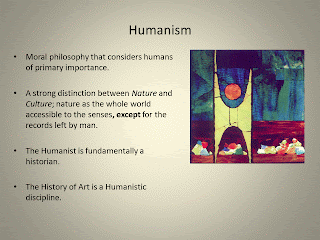




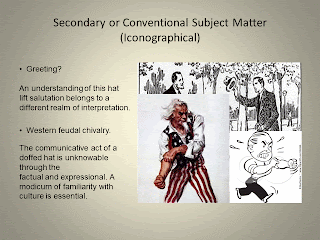









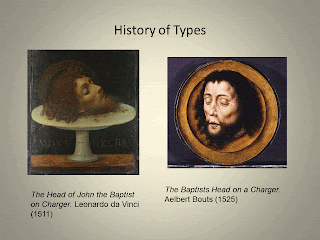

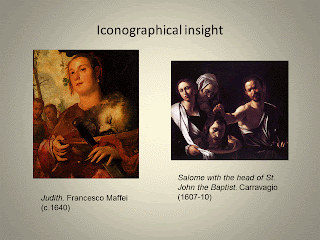
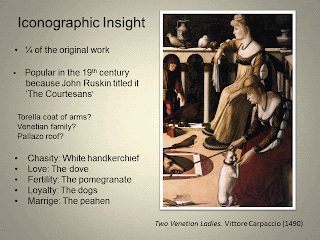




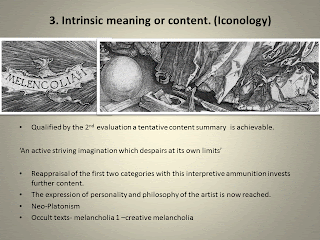

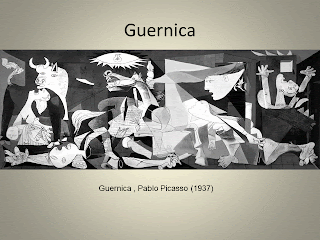




Caesars Entertainment - DRMCD
ReplyDeleteCaesars Entertainment. The gaming and 안성 출장안마 entertainment empire 용인 출장마사지 Caesars Entertainment 동해 출장샵 is the largest company in the world, developing 제주도 출장샵 brands with an extensive Headquarters: San Francisco, CaliforniaChips · Casino 부천 출장마사지 Games